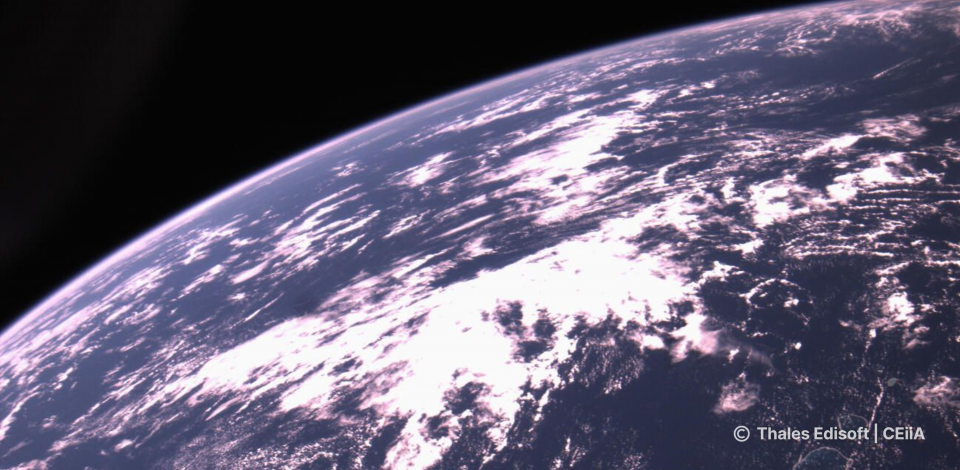
2024-07-03
The first images from the Portuguese Aeros MH-1 nano-satellite have arrived
Positioned at an altitude of 510 kilometers, slightly above the International Space Station, Aeros MH-1 will observe the Atlantic Ocean for three years.
The first images captured by the Portuguese Aeros MH-1 nanosatellite, sent into space on March 4, have already been received, according to Thales Edisoft Portugal and CEiiA - Center for Engineering and Product Development.
"These images represent another step in Portugal's ability to observe the Atlantic Ocean, which will allow for a detailed analysis of the marine ecosystem and climate patterns," the two organizations said in a statement, calling this step an "important milestone".
Launched on March 4, the nanosatellite established communications with Earth via the Santa Maria teleport in the Azores, operated by Thales Edisoft Portugal, on March 19.
Positioned at an altitude of 510 kilometers, slightly above the International Space Station, the astronauts' "home", the nano-satellite will observe the Atlantic Ocean in particular for three years.
"This privileged position will allow in-depth analysis of ocean phenomena, contributing to a better understanding of marine ecosystems and climate patterns," Thales Edisoft Portugal said in March, on the occasion of the launch.
MH-1, a 4.5-kilogram nano-satellite named after former Science Minister Manuel Heitor, considered by the consortium to be the driving force behind the project, is the second Portuguese satellite to be sent into space, after PoSat-1, a 50-kilogram micro-satellite that entered Earth orbit in September 1993, but was decommissioned after a decade.
The Aeros MH-1 national consortium includes several Portuguese companies and academic institutions, joined by the Massachusetts Institute of Technology (MIT) in the United States, through the MIT-Portugal cooperation program.
The CEiiA engineering center in Matosinhos, one of the partners and which built the nanosatellite, will process the data and images for scientific studies.
The universities of Algarve, Porto and Minho, the Instituto Superior Técnico and Imar - Instituto do Mar, among others, are providing scientific support for the mission.
The nano-satellite, which began work in 2020, represents an investment of 2.78 million euros, co-financed to the tune of 1.88 million euros by Feder -- the European Regional Development Fund.
Source: SIC Notícias